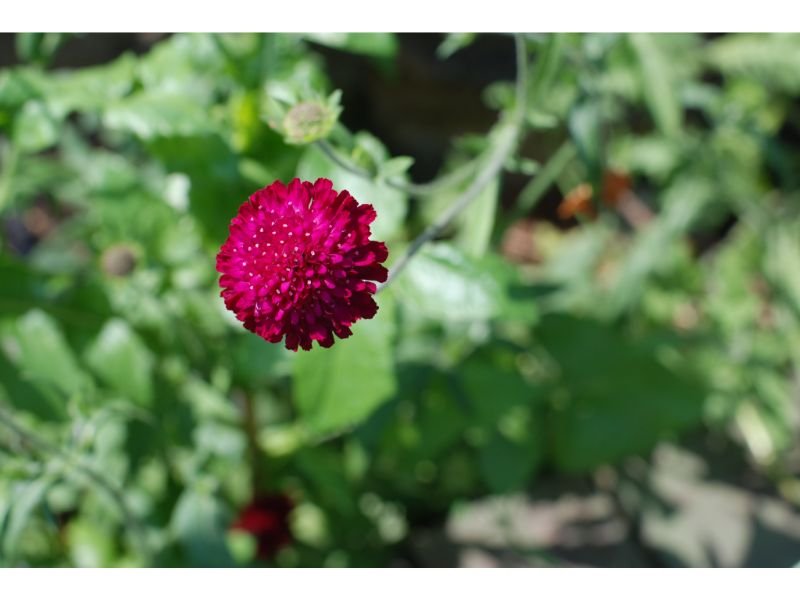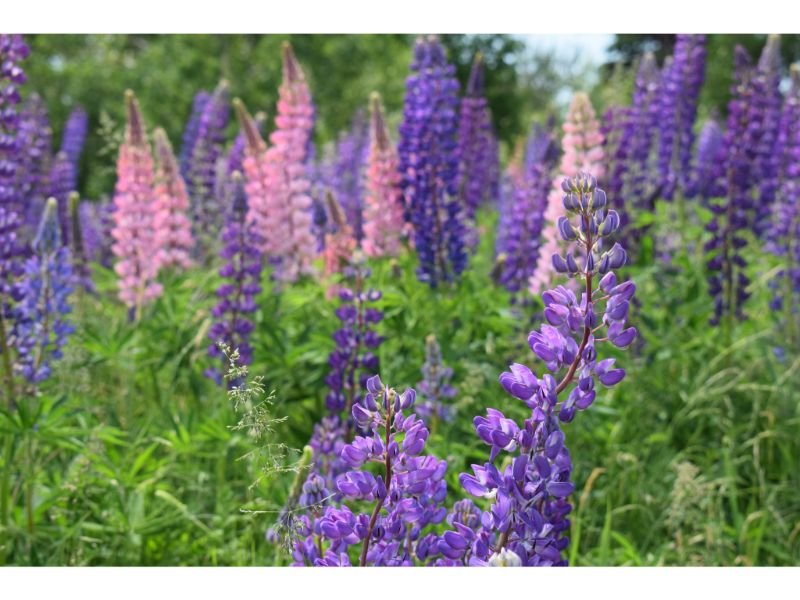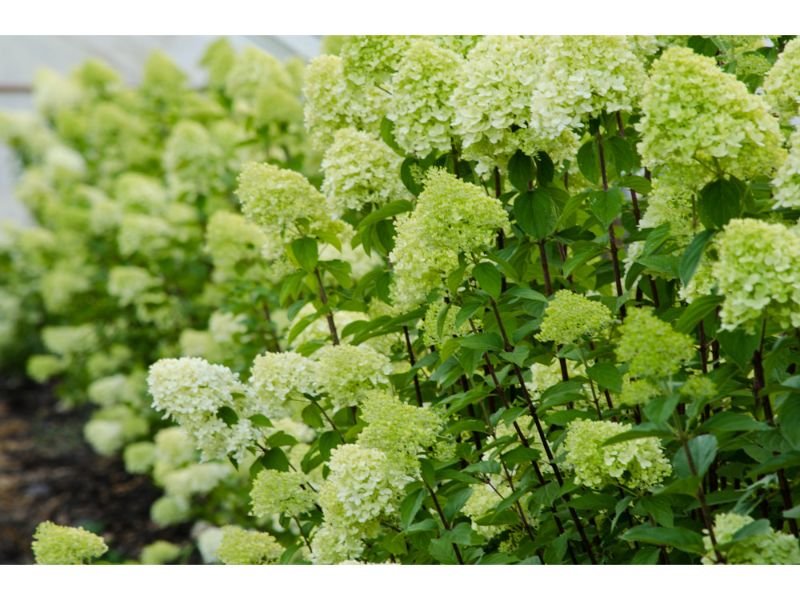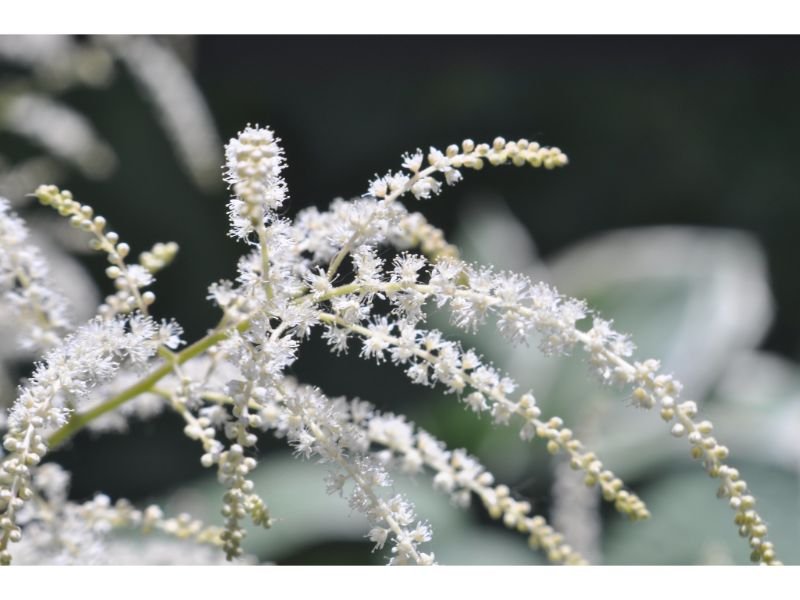Remember the time when the sweetness and softness of cotton candy touched your mouth? With nature’s gift, you can evoke that sensation once again in your garden by planting flowers that look like cotton candy! These delightful blooms, with their vibrant colors and fluffy petals, bring a charm reminiscent of everyone’s favorite sugary treat. Without further ado, let’s get to know these cotton candy botanical impersonators.
Table of Contents
10 Flowers That Resemble Cotton Candy
Prairie Smoke (Geum triflorum)

Zones: 3 to 7
Light: Bright, direct
Soil: Fast-draining, sandy soil
Watering: Regular watering, slightly dry
Blooms Color: Dark purple, bright pale pink
Prairie smoke, geum triflorum, looks like cotton candy after the flowers have bloomed and they’re famous for this reason. As the name indicates, this native to North America is well-adapted to prairies, meadows, and open woodlands, which results in the plant’s tolerance to drought and dry, arid conditions. Prairie smoke is also considered a long-lived perennial, which means it can continue blooming for many years once established.
Cotton Grass (Eriophorum angustifolium)

Zones: 4 to 8
Light: Dappled shade, partial sun
Soil: Nutrient-rich, moist, slightly acidic
Watering: Constant watering, tolerate standing water for extended periods
Blooms Color: White, brown, tan
With fluffy white seed heads that look just like a bunch of round cotton candies, cotton grass surely would add charm and uniqueness to any landscape. In contrast with prairie smoke, this plant has specialized adaptations that allow them to thrive in waterlogged environments. And what’s more, cotton grass is not just about appearance! This plant plays an important role in the wetland ecosystem by helping prevent erosion and stabilize soils.
Dwarf Chinese Astilbe (Astilbe chinensis ‘Pumila’)

Zones: 4 to 9
Light: Partial to filtered shade
Soil: Porous, fertile
Watering: Consistent watering
Blooms Color: Pale lavender, dark purple
Dwarf Chinese astilbe is the compact variation of astilbe. Growing to only about 8 inches (20 centimeters) high and 15 inches (38 centimeters) wide, this shade-tolerant plant is perfect for small gardening spaces. Although this native to China flower looks like cotton candy (of course, the grape-flavored one) and is tempting enough to pollinators like butterflies, frankly, they’re not tasty enough for deer and rabbits.
Giant Allium (Allium giganteum)

Zones: 4 to 8
Light: Bright, direct sun
Soil: Fertile, fast-draining
Watering: Moderate watering
Blooms Color: Purple, dark lavender
Have you ever imagined a poisonous cotton candy that would take you to another realm after one bite? If so, these flowers that look like cotton candy are the embodiment of your nightmare. All parts of giant allium contain various organosulfides that can be toxic to humans, especially to your furry friends! However, another advantage of growing giant allium, aside from their aesthetic look, is that they’re resistant to deer and rodents, all thanks to their strong and pungent scent.
Sweet Scabiosa (Scabiosa atropurpurea)

Zones: 4 to 11
Light: Bright to partial sun
Soil: Humus-rich, permeable
Watering: Regular watering
Blooms Color: Bluish-lavender, deep dark maroon, dark red, pink, lavender
Ranging from the darkest maroon to the brightest pink and lavender, these flowers that look like cotton candy with their showy blooms would turn your garden into a fun festival. As gorgeous as they look, sweet scabiosa is not just a feast for the human sense, as these flowers are also attractive for butterflies and hummingbirds. Sweet scabiosa has the tendency of self-seeding which can lead to continuous new plants in subsequent seasons.
Lupine (Lupinus)

Zones: 4 to 8
Light: Direct sun, filtered shade
Soil: Nutrient-rich, loose soil
Watering: Adequate watering
Blooms Color: Lavender, blue, white, pink, red, orange, greenish-yellow
Just looking by the colors alone, these pollinator attractors could make us automatically think about those spun sugar delights. Lupines are well-known for their deep taproot system that allows the plant to access water and nutrients from deeper layers of the soil. Generally a hassle-free flowering plant, lupines can also be grown as cut flowers and can bloom for multiple years to come.
Ageratum (Ageratum houstonianum)

Zones: 3 to 10
Light: Bright, direct sun to partial shade
Soil: Well-nourished, fast-draining
Watering: Balanced watering
Blooms Color: Pale flamingo pink, pale blue, white, lavender
The bright pastel colors of ageratum would make a great sugary cloud festival-like in your backyard. And what’s more, you don’t need to worry about having to compete with deer, which usually is one of the main antagonists that love to munch on your plants. Being naturally an indigenous flowering plant of Central America, ageratum has adapted to humidity and hot summer temperatures, but would likely struggle during winter.
Queen of the Prairie (Filipendula rubra)

Zones: 3 to 9
Light: Dappled shade, bright sun
Soil: Fertile, permeable, but tolerant to poor soil
Watering: Consistent watering, not tolerant of drought
Blooms Color: Sakura pink, deep rose pink
Aside from prairie smoke, the majesty queen of the prairie got the closest look of that sweet cotton treat. These stunning perennial flowers that look like cotton candy are known for their fluffy, impressive cluster of blooms that are fragrant and captivating for pollinators. Due to their natural habitat, the queen of the prairie has adapted to handle periodically flooded conditions, making it an excellent choice for plant lovers who live in areas with consistent moisture.
Limelight Hydrangea (Hydrangea paniculata ‘Limelight’)

Zones: 3 to 9
Light: Full sun to partial shade
Soil: Humus-rich, slightly acidic, fast-draining
Watering: Moderate watering
Blooms Color: Creamy-white, pale lime green, pale pink
Remember those white cloud-like cotton candies displayed on carts when you were little? Now you can evoke that nostalgic feeling by growing limelight hydrangea, the classic cotton candy mimicker in the botanical world! With their massive size, limelight hydrangea gives a true feeling about those fluffy sugars with an easy-to-replicate maintenance routine. Moreover, limelight hydrangea is also a hardy and vigorous plant, they’re able to thrive in various regions without problems.
Goatsbeard (Aruncus dioicus)

Zones: 3 to 7
Light: Direct sun, partial shade
Soil: Permeable, nutrient-rich
Watering: Consistent watering
Blooms Color: White, creamy-white
Similar to limelight hydrangea, goatsbeard, also nicknamed bride’s feathers, are not for those with limited gardening space. These flowers that look like cotton candy can grow anywhere from 4 to 6 feet (120 to 180 centimeters) high and wide, and their rather large, showy clusters of white candy floss-like flowers can be challenging to grow indoors. A little fun fact, all goatsbeard is dioecious, which means individual plants are either male or female, and male plants typically produce more prominent blooms.
Do All Flowers That Look Like Cotton Candy Attract Pollinators?
We might think that all flowers with showy, cotton candy-like, vivid, bright colors are hard to resist for all pollinators. But according to nature’s law, this is not true since the mutual relationship between flowers and pollinators is more complicated than we think. For instance, bees may favor open-shaped flowers with UV-visible patterns, while butterflies are more into vibrant colors with ‘flatter’ surfaces.
What Do Flowers That Look Like Cotton Candy Symbolize?
Although it’s fun to learn about the significant meanings and cultures of flowers that attract our attention, not all flowers have any particular symbolism–and so do these flowers that look like cotton candy. However, in general, these flowers are often associated with joy, playfulness, carefree moments, purity, and innocence.
Are There Any Flowers That Naturally Have a Cotton Candy Scent?
These flowers might be the ultimate imitators of those sugary treats, but most of them fail to mimic the sweetness and tempting aroma of freshly-made cotton candy. If your goal is to thrive plants with a pleasant aroma similar to cotton candy, we recommend growing sweet alyssum, candytuft, sweet pea, or heliotrope instead. They’re equally just as beautiful as these cotton candy lookalikes!
Invite the Sweetness of Cotton Candy to Your Garden
Although flowers that look like cotton candy may not exactly possess the appearance of our famous childhood snack nor have the exact scent of cotton candy, their vibrant colors and fluffy appearance surely would bring a sense of joy and playfulness. So why don’t you try nurturing one of them and experience the delightfulness yourself?

New author in the hood. Loves gardening and flowers are my spirit animals (yes I know they are not animals but I insist). I will be covering most of the flowers’ topics here and occasionally random though as well.






